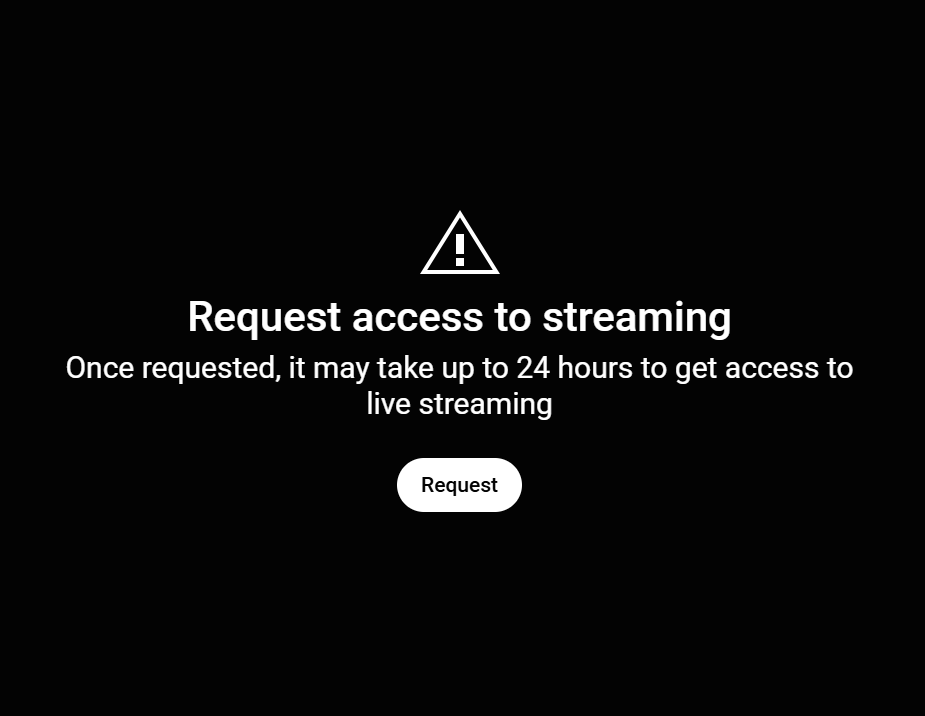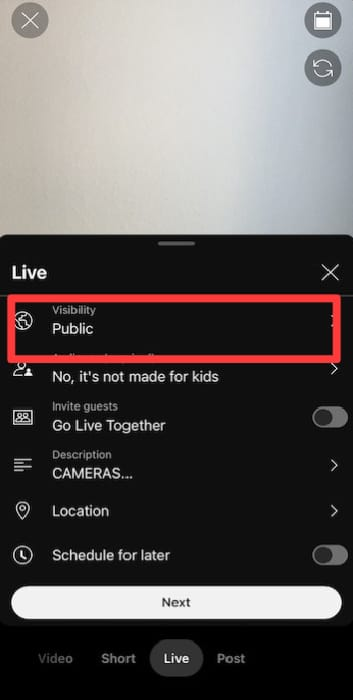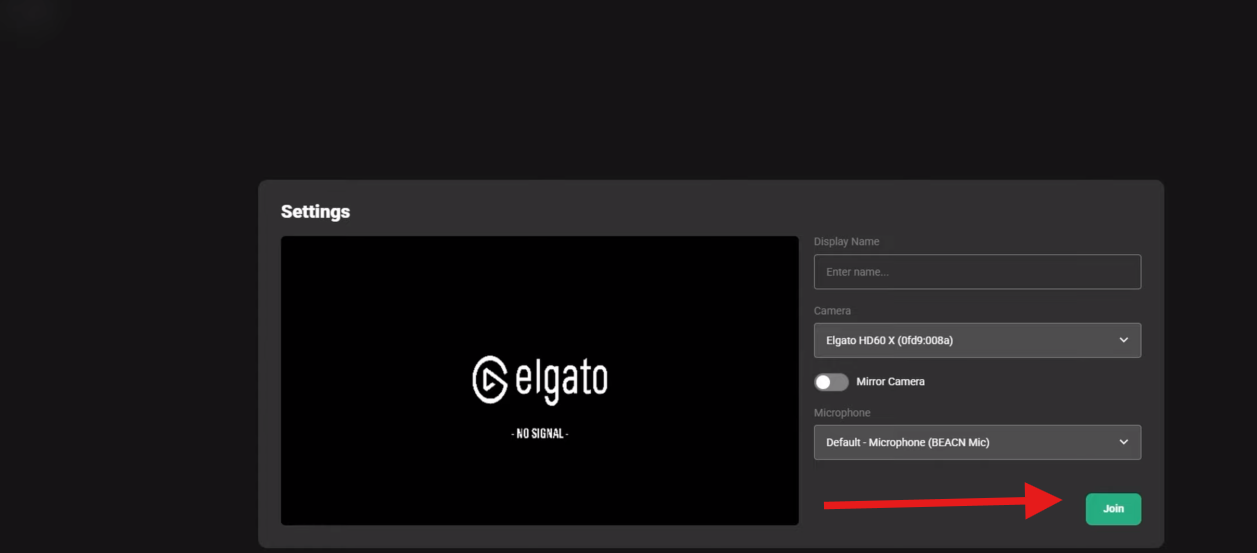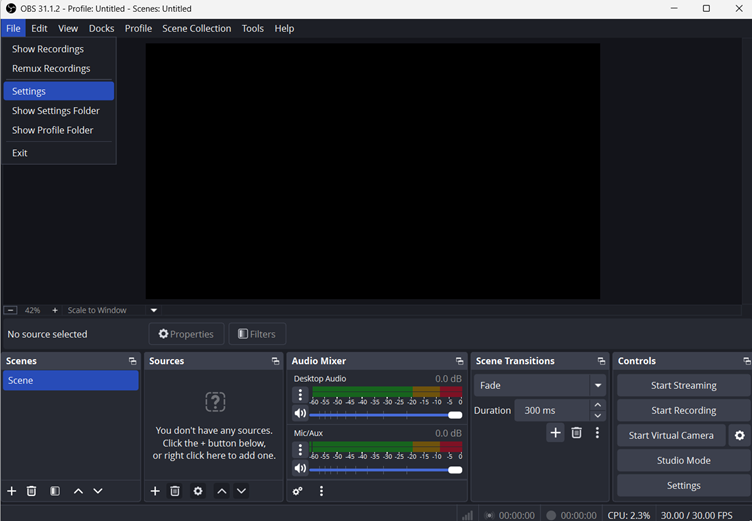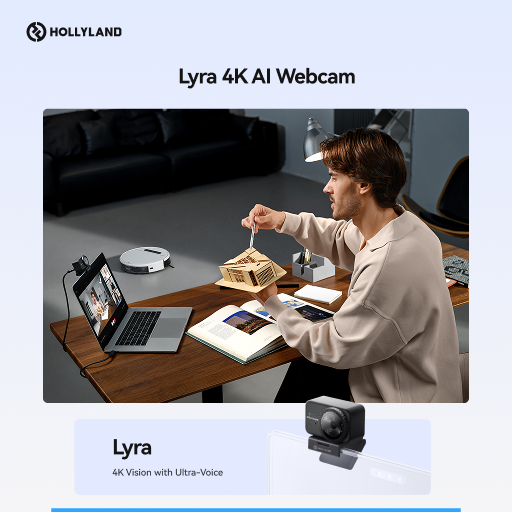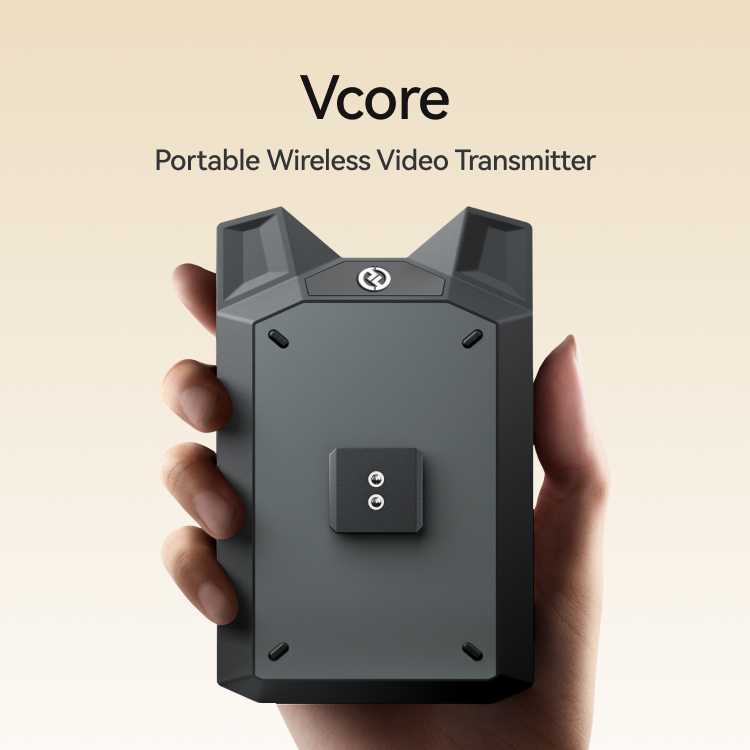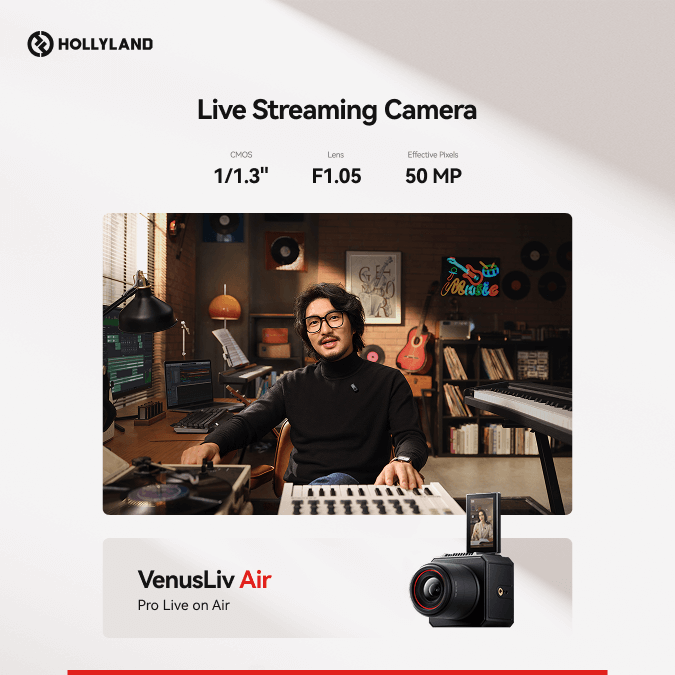Have you ever wondered if your unlisted YouTube videos are truly safe from copyright issues? Many creators assume that setting a video to “unlisted” shields it from legal scrutiny, but is that really the case? Whether you’re sharing exclusive content with a select audience or using unlisted videos for private purposes, understanding the copyright implications is more important than you might think.
In this article, we will discuss what copyright means for unlisted videos, how YouTube’s policies apply, and the steps you can take to protect your content or avoid infringement. Let’s dive into the details to clear up the confusion!
Unlisted Video And Copyright Strikes: A General Overview
The concept of unlisted YouTube videos often raises questions about their legal and copyright status. These videos are not publicly visible and can only be accessed by those with a direct link, making them a popular choice for private sharing or exclusive content. However, their unique nature creates confusion around how copyright laws apply to them.

Are they treated differently from public videos? Can copyright claims or disputes arise even if the content isn’t widely shared? To understand these nuances, you need to explore how YouTube’s systems and copyright policies interact with unlisted videos.
Can Unlisted YouTube Videos Be Copyrighted?
Yes, unlisted YouTube videos can be copyrighted. The visibility settings of a video—whether public, private, or unlisted—do not affect its copyright status.

If you upload original content, it is automatically protected under copyright law, granting you ownership rights. However, unlisted videos are also subject to YouTube’s copyright detection systems. If they contain copyrighted material without proper permission, they can still face claims, strikes, or legal action. Copyright applies to all uploaded content, regardless of its visibility.
Copyright Enforcement for Unlisted Videos
How Does YouTube Handle Copyright Claims for Unlisted Videos?
Unlisted videos, though not publicly visible, are still scanned and monitored by YouTube’s copyright enforcement tools. When you upload an unlisted video, it undergoes the same review as public or private videos. YouTube’s Content ID system automatically checks the video for copyrighted material, such as music, video clips, or images.
If copyrighted content is detected, the system may issue a copyright claim, which could restrict the video’s monetization or visibility or escalate to a copyright strike if the content owner reports unauthorized use.
Role of Content ID and Manual Copyright Claims
Content ID is an automated system that matches uploaded videos against a database of copyrighted material. It can identify unauthorized use of protected content and take action, such as monetizing the video for the copyright owner, blocking it, or restricting its playback.
In addition to Content ID, copyright owners can submit manual claims if they discover their material is being used without permission. These claims apply even to unlisted videos if they are flagged or reported by the copyright owner.
Potential Consequences for Copyright Infringement
If your unlisted video is found to infringe copyright, the consequences can range from mild to severe:
- Video Removal: The video may be blocked or taken down entirely.
- Copyright Claims: These may affect monetization or restrict how the video is shared.
- Copyright Strikes: A strike is more serious and can result in penalties like limited features, account restrictions, or even channel termination after three strikes.
Understanding these enforcement mechanisms is crucial to ensuring your unlisted videos comply with copyright laws and YouTube’s policies.
What to Do If Your Unlisted Videos Receive a Copyright Warning?
There are several ways to address the situation while ensuring your content remains accessible and compliant. Here’s how you can handle it:
- Dispute the Copyright Warning
If you believe the warning is a mistake or that your content qualifies under fair use, you have the option to appeal. Fair use applies in cases such as commentary, criticism, education, or transformation of the original material. When filing an appeal, provide strong evidence like licensing agreements or explanations for how your use complies with fair use laws. Be thorough and respectful in your appeal to increase the chances of a positive resolution.

- Modify or Remove the Video to Resolve the Issue
If the claim is valid, you can either edit the video to remove the flagged content or delete it entirely. YouTube’s editing tools allow you to trim out problematic sections, mute audio, or replace copyrighted music with royalty-free alternatives. Alternatively, edit the video externally and re-upload a corrected version to resolve the issue.
- Explore Alternative Video Hosting Platforms
If YouTube’s copyright detection systems are too restrictive, consider uploading your videos to platforms like Vimeo or DailyMotion. These platforms often have more flexible guidelines for sharing private or niche content.
- Use Cloud-Based Solutions for Private Sharing
For videos meant for personal or limited audiences, cloud services like Google Drive, Dropbox, or OneDrive offer a way to share links privately without triggering copyright warnings.

Best Practices to Avoid Issues on Unlisted Videos
To prevent copyright issues with unlisted videos:
- Use Original or Licensed Content: Ensure all elements of your video are original or properly licensed.
- Understand Fair Use: Familiarize yourself with fair use policies to determine if your use of copyrighted material is permissible.
- Utilize YouTube’s Resources: Take advantage of YouTube’s Audio Library and other free-to-use content resources.
By adhering to these practices, you can minimize the risk of copyright claims and maintain compliance with YouTube’s policies.
Key Takeaway
Now that you’ve read the article, you must have realized that unlisted YouTube videos are not publicly visible but are fully subject to copyright laws and YouTube’s policies. Their private nature doesn’t shield them from YouTube’s Content ID system or manual copyright claims. Whether you’re sharing personal creations or repurposing existing content, it’s crucial to follow copyright guidelines. You can avoid legal issues by using original or properly licensed material and understanding fair use. Treat unlisted videos with the same care as public ones to ensure a smooth experience on YouTube.
If you’re creating videos meant for controlled sharing or private, unlisted access, using a reliable streaming camera ensures high-quality recordings. Investing in a professional streaming camera can help protect your original footage and establish clear ownership from the outset.
FAQs
1- How do I protect my unlisted videos from unauthorized use?
To protect your unlisted videos from unauthorized use:
- Share the link only with trusted individuals.
- Use YouTube’s copyright match tool to monitor if your video has been re-uploaded by others.
- Add watermarks or overlays to your videos to make unauthorized copies identifiable.
- If someone uses your content without permission, file a copyright claim through YouTube to have it removed.
2- Does deleting a copyrighted unlisted video remove the strike?
No, deleting a copyrighted video will not remove a copyright strike. Once the strike has been issued, it remains on your account for 90 days unless resolved through a successful dispute or by obtaining permission from the copyright owner. Always address strikes by appealing if it was issued in error or by negotiating with the claimant.
3- Can I use copyrighted material in unlisted videos?
Using copyrighted material in unlisted videos is risky and may lead to copyright claims or strikes, just like public videos. If you plan to use copyrighted material, ensure you have proper permissions and a valid license or that your use falls under fair use. Unlisted status does not exempt a video from copyright enforcement.
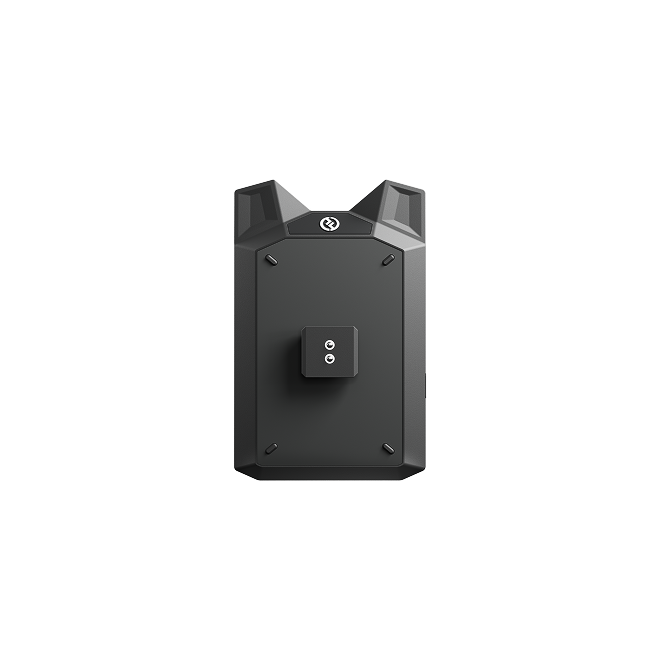

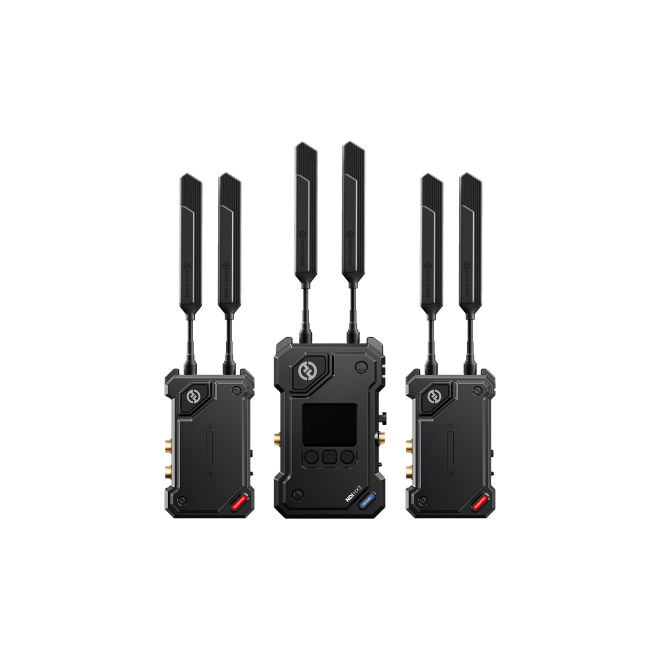
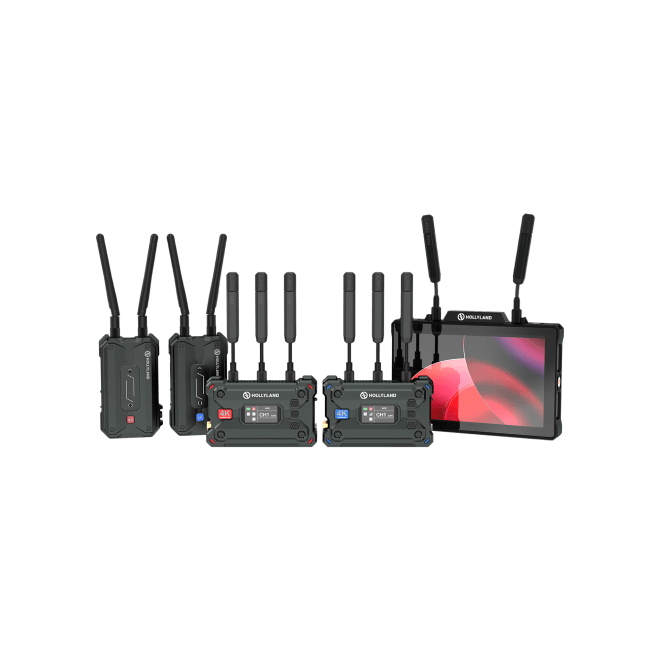

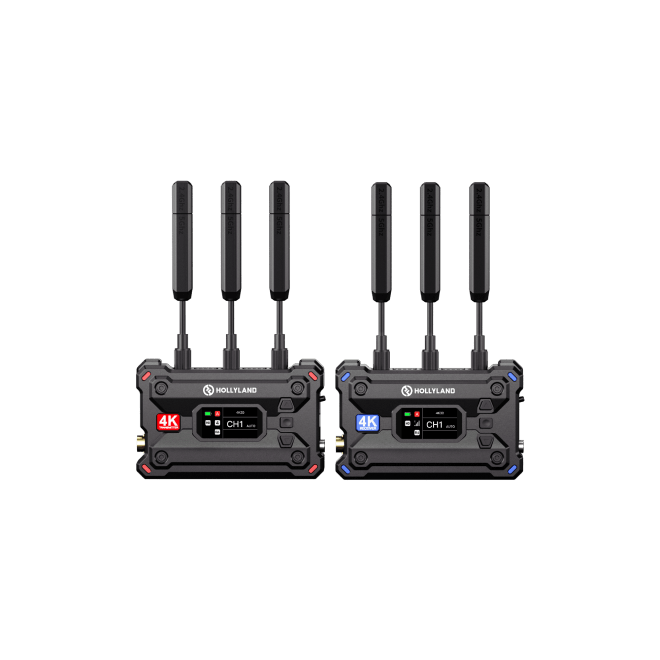
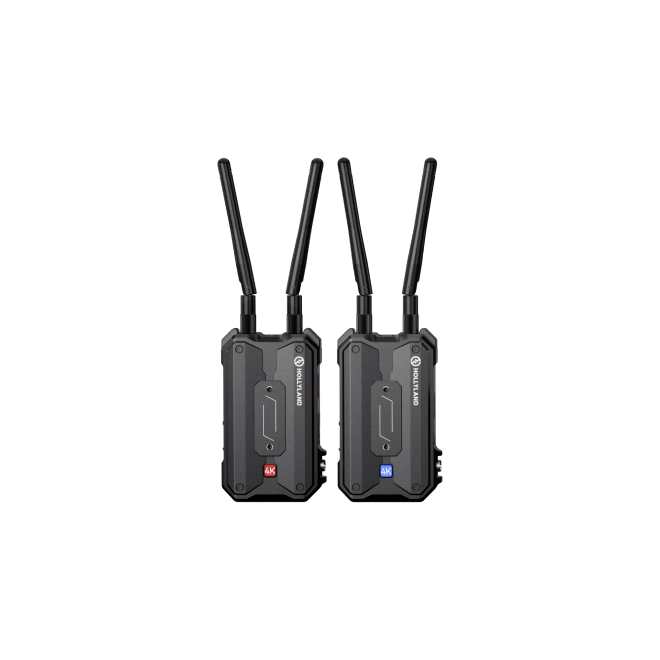
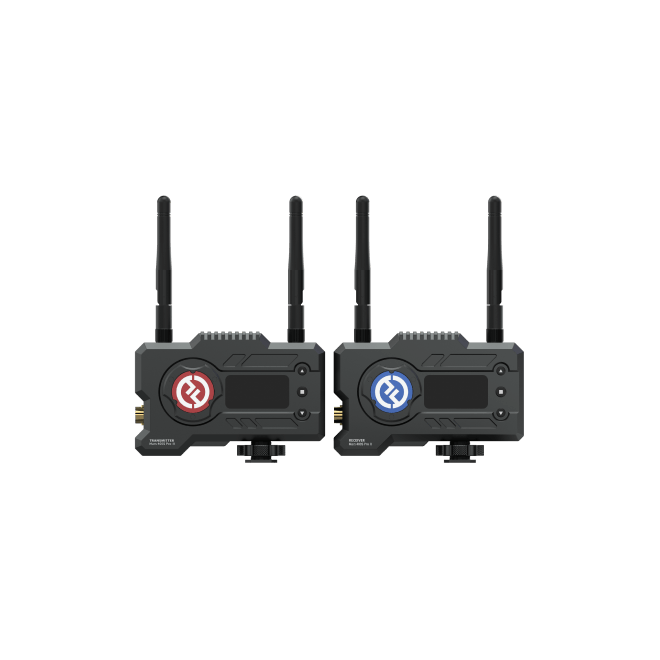

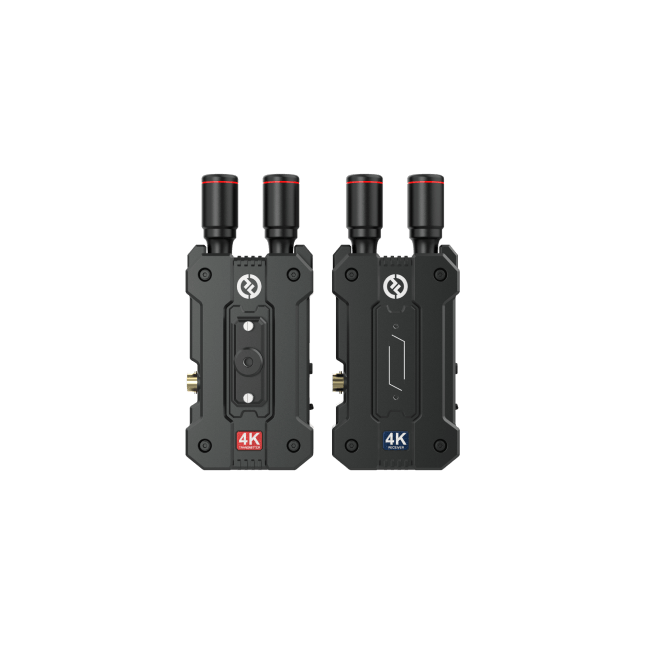
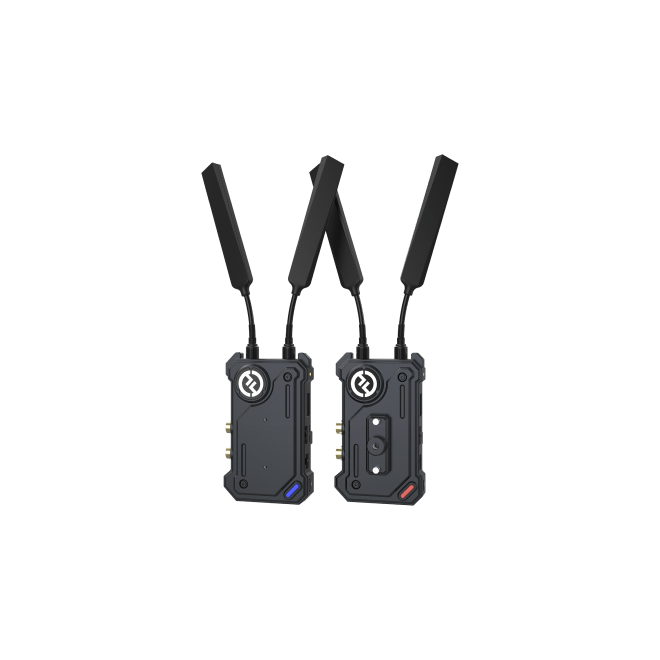
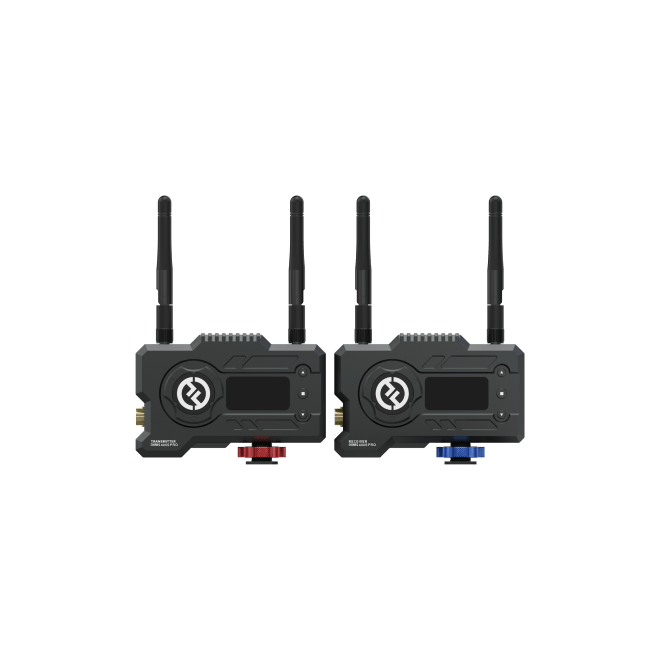
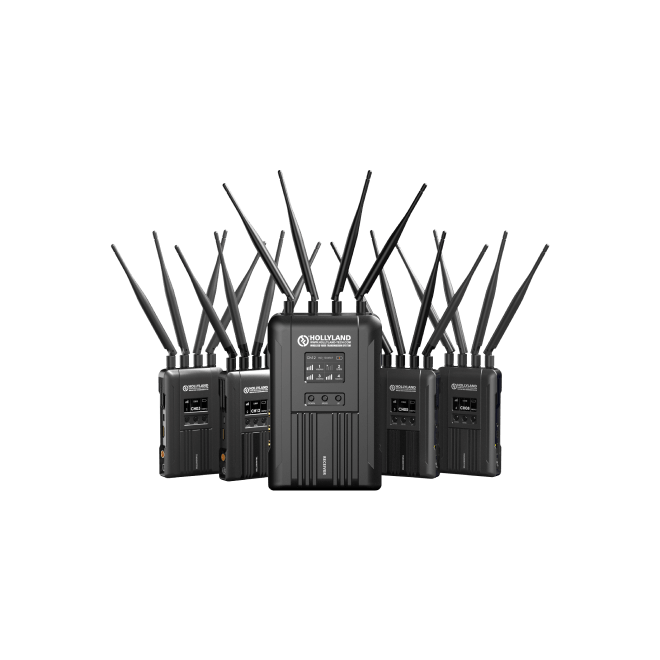
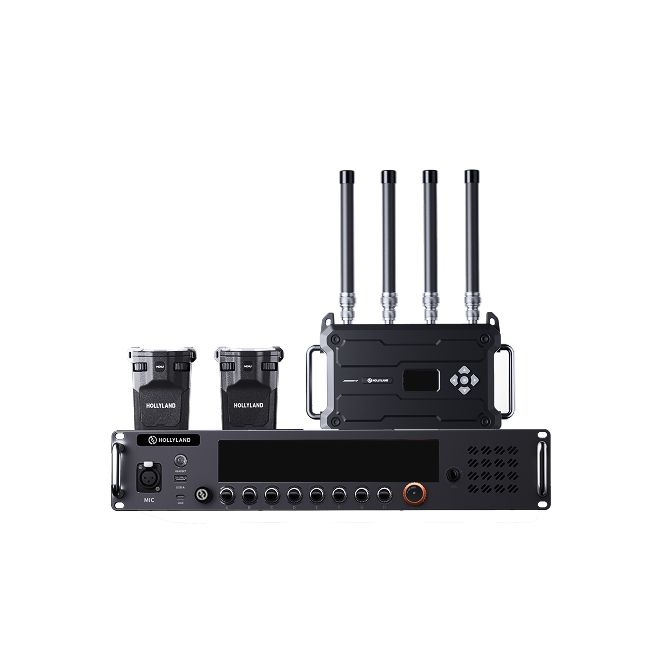
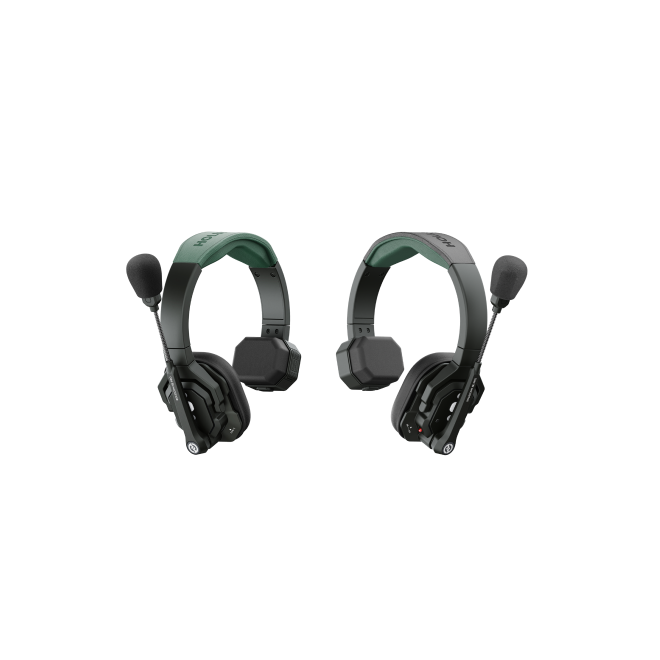
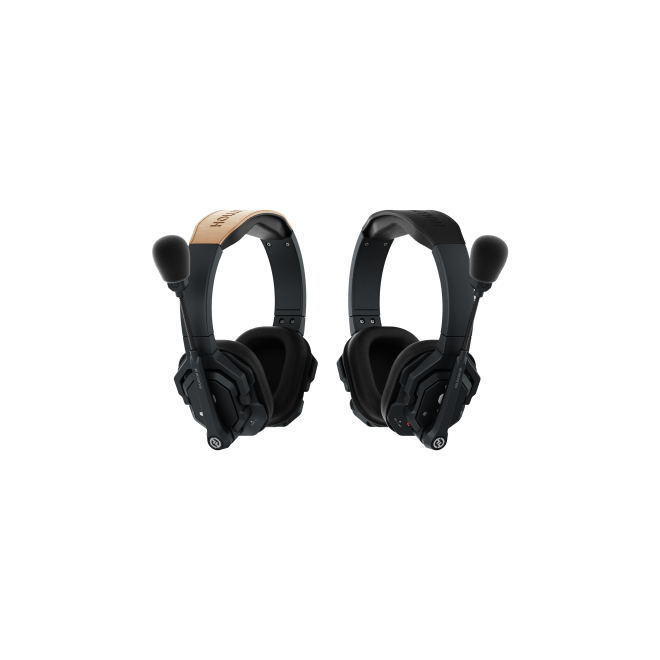
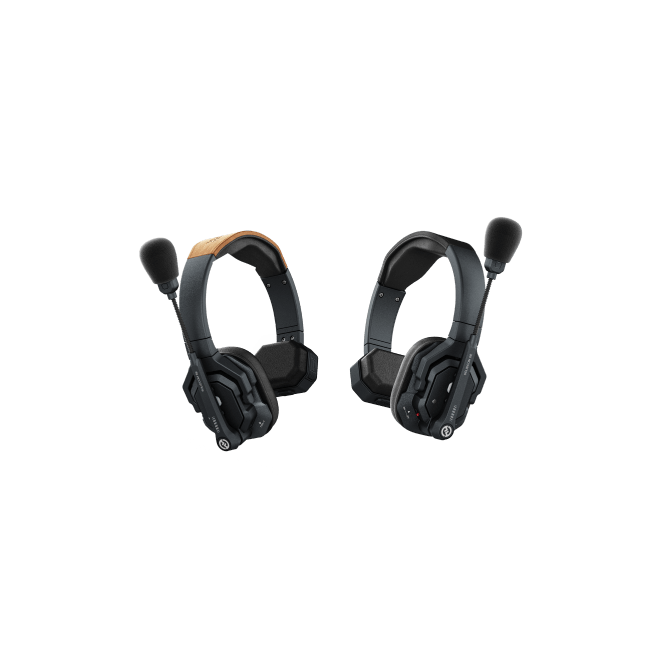
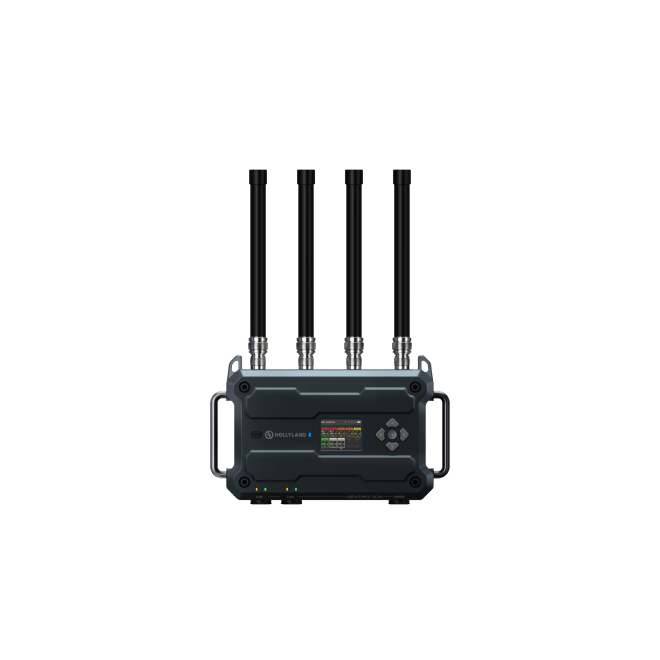
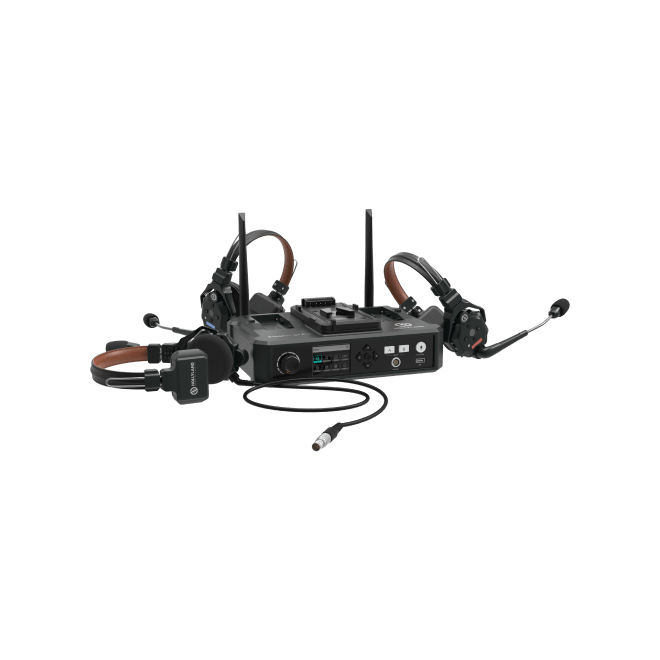
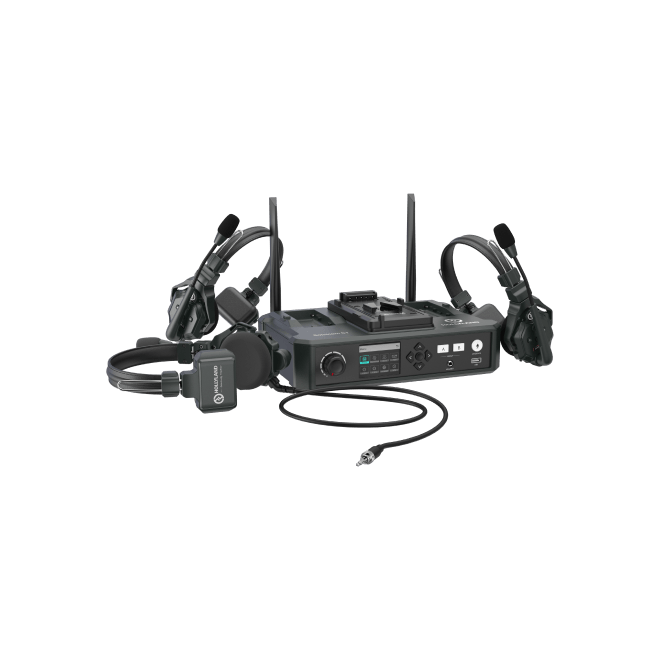
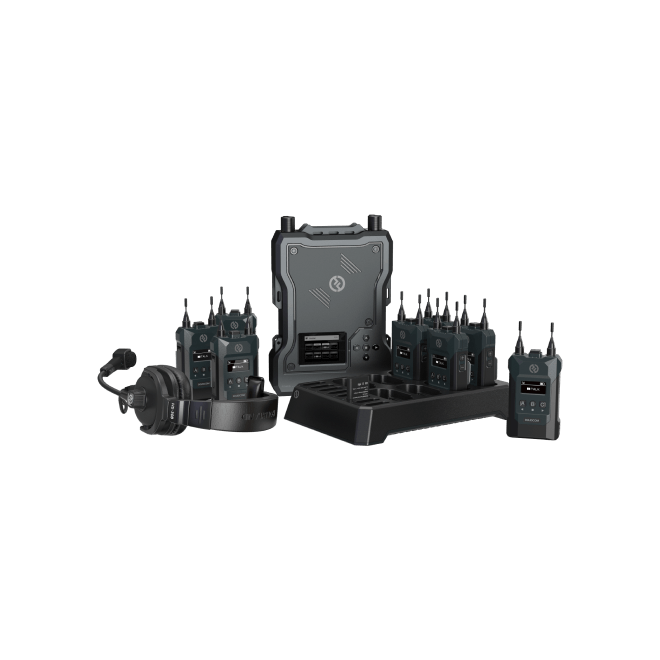
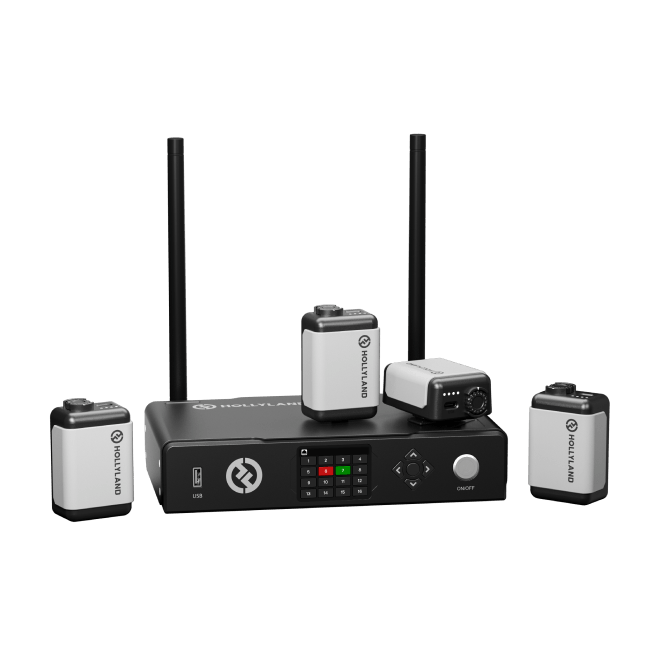
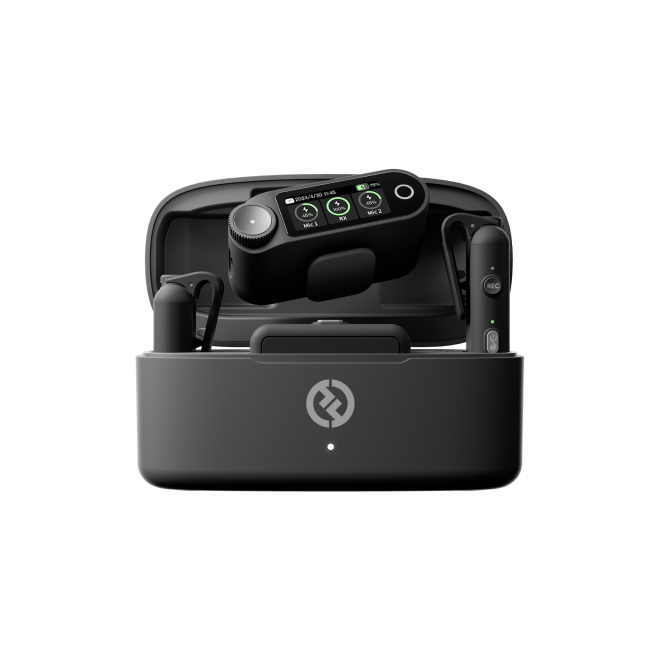
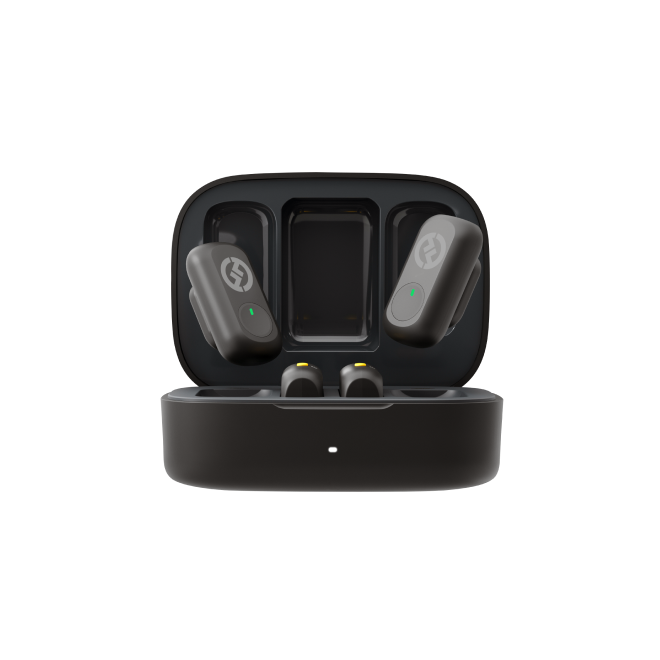

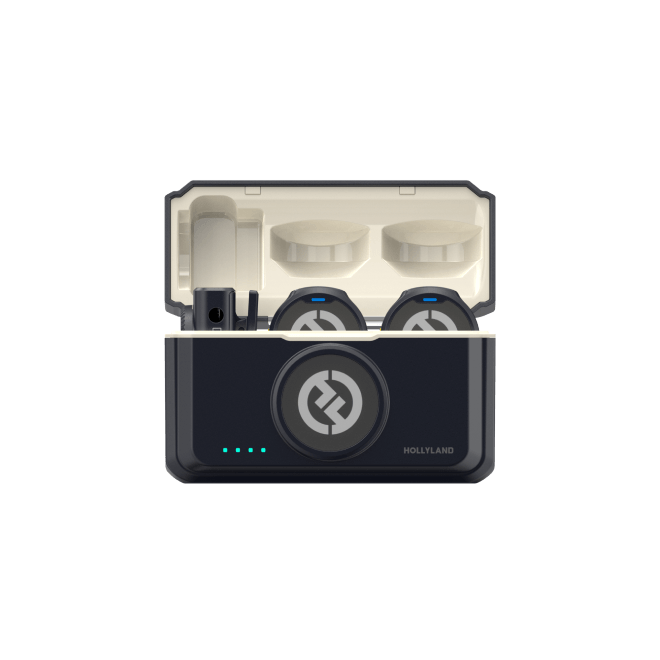
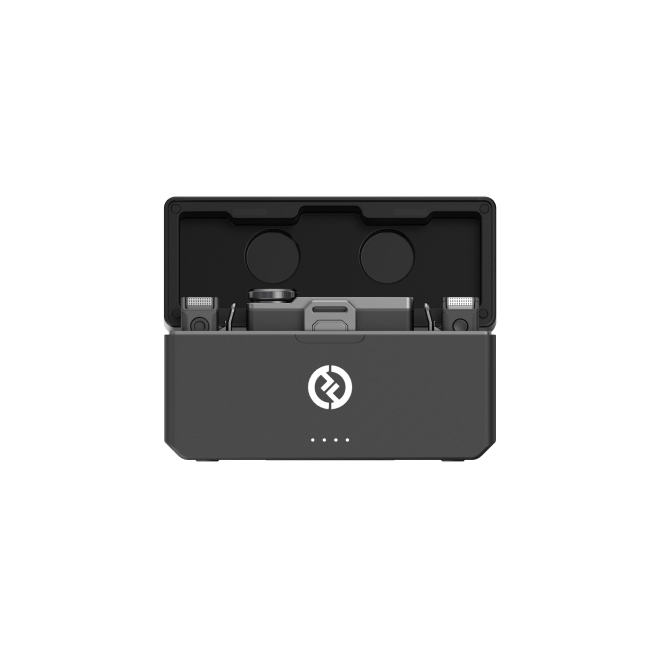
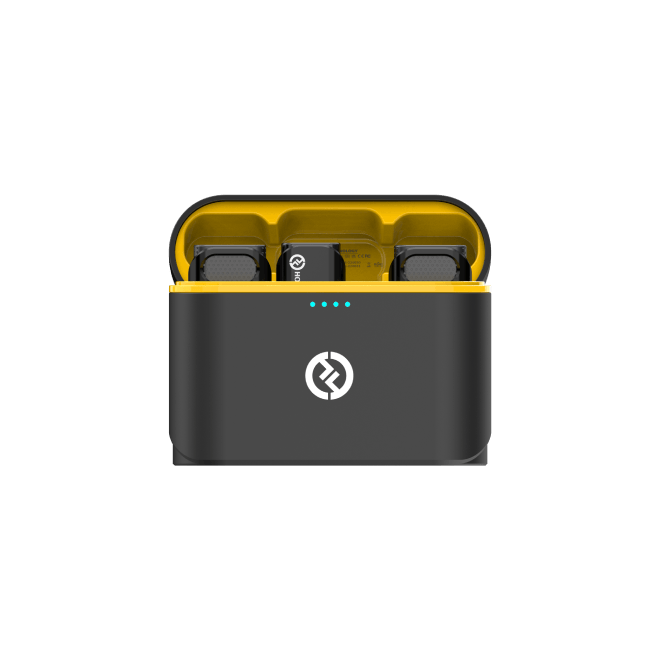
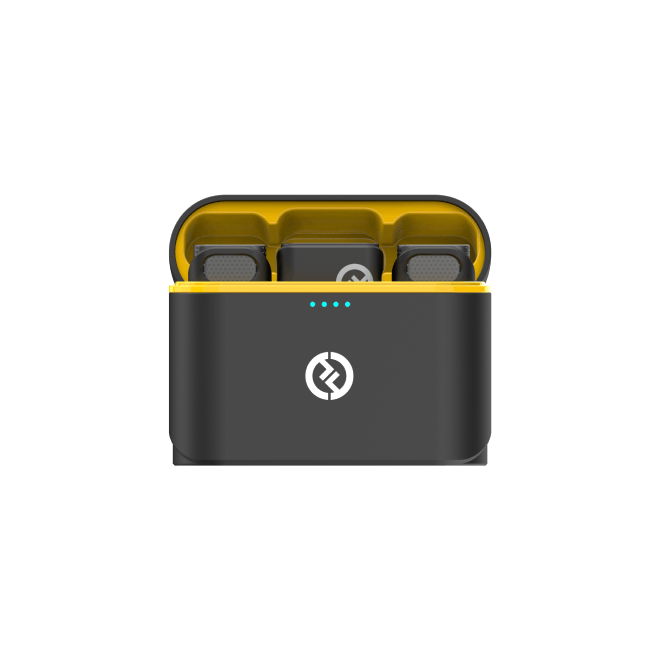
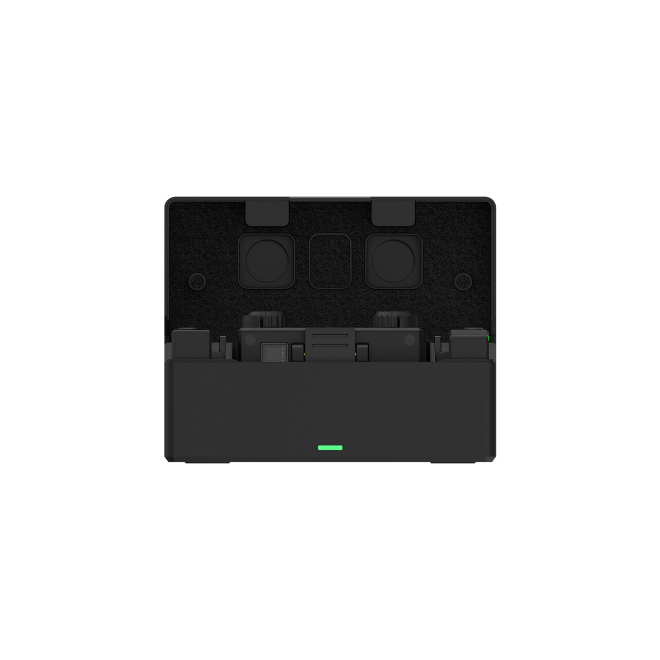
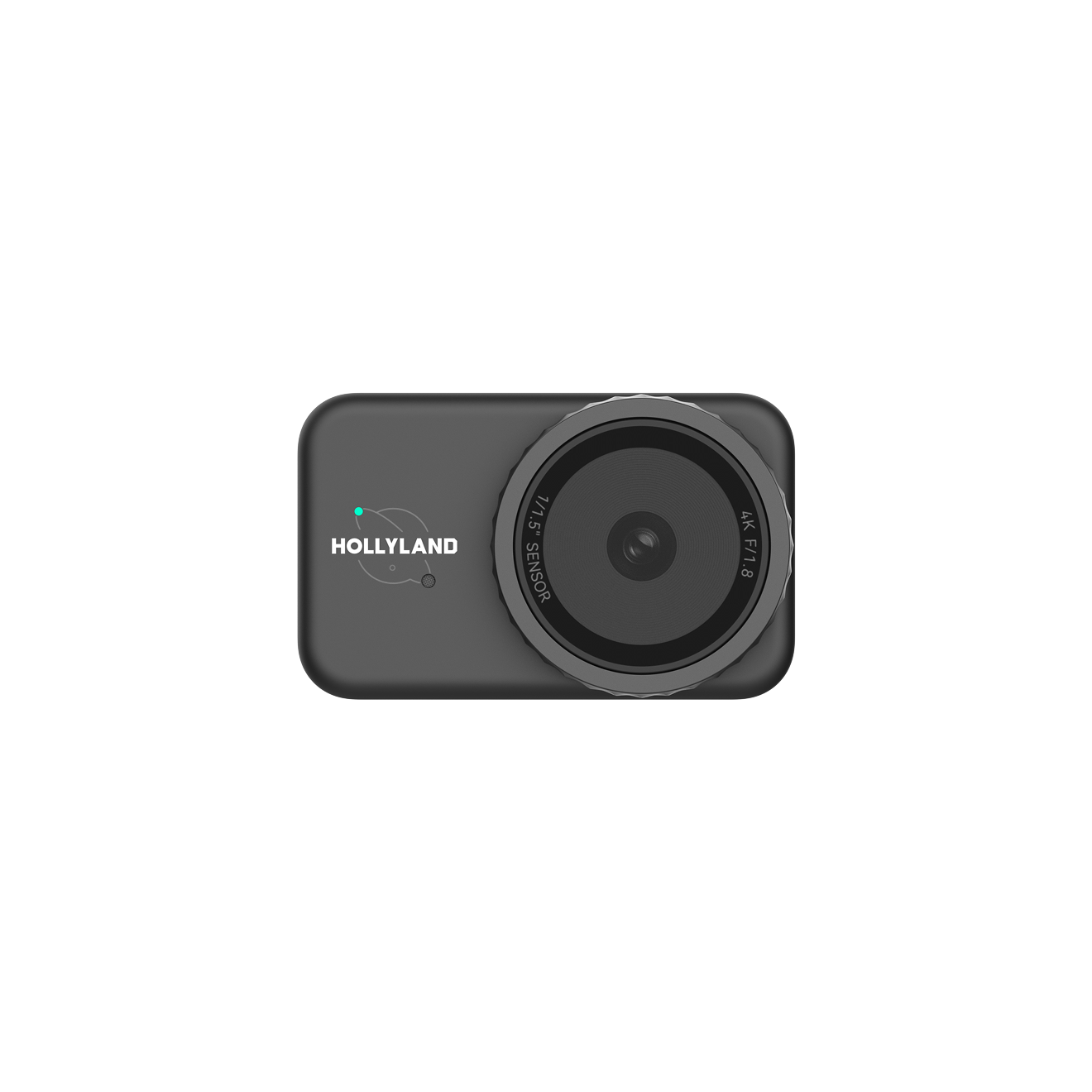

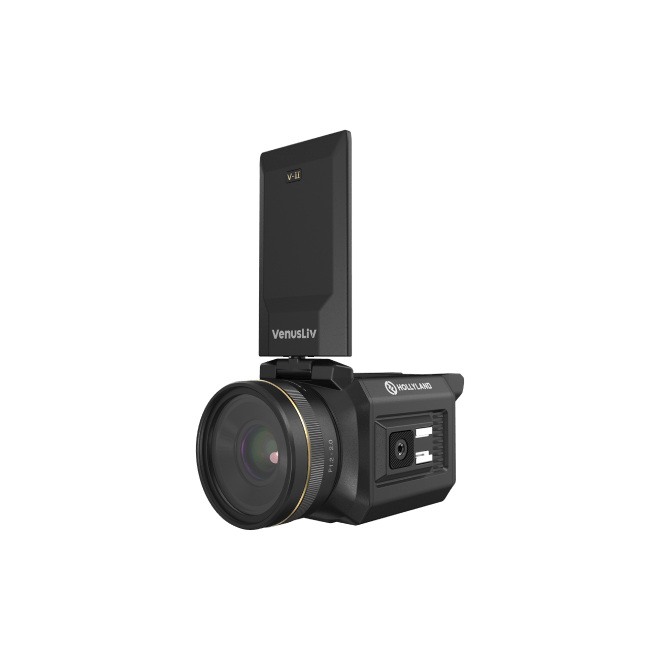
.png)


